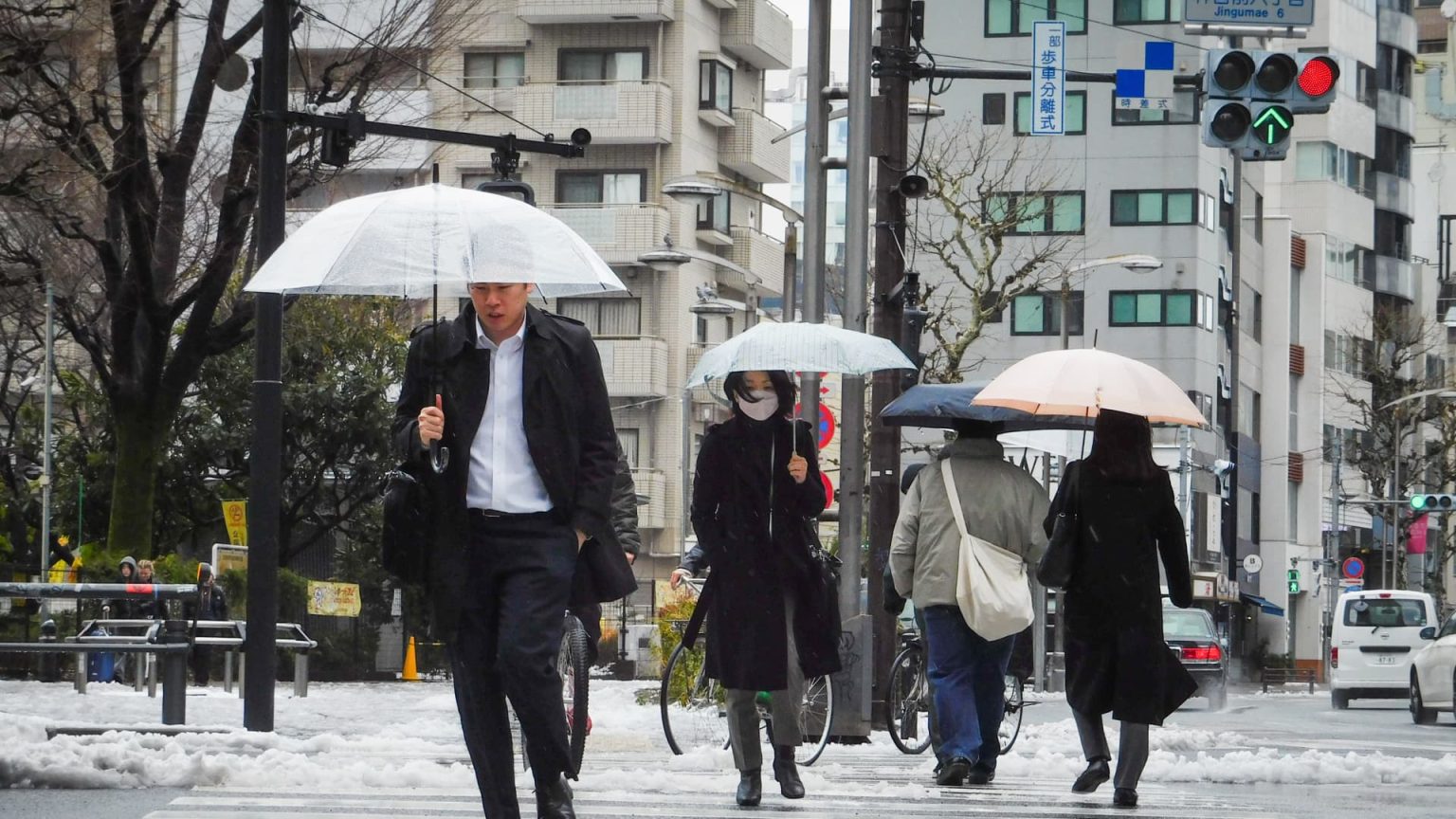Summarize this content to 2000 words in 6 paragraphs Asia-Pacific markets continued Friday’s sell-off as investors awaited key trade data from China and Taiwan this week, as well as central bank decisions from Australia and India.Japan’s markets led losses in the region as the Nikkei 225 and Topix dropped as much as 7% in volatile trading. Heavyweight trading houses such as Mitsubishi, Mitsui and Co, Sumitomo and Marubeni all plunged more than 10%.Monday’s decline follows Friday’s rout when Japan’s Nikkei 225 and Topix fell more than 5% and 6%, respectively.The broader Topix marked its worst day in eight years, while the Nikkei marked its worst day since March 2020.Following the market sell-off, the yen also strengthened to its highest level against the dollar since January, and was last trading at 145.42.Stock Chart IconStock chart iconOn Monday, S&P Global will release service sector activity figures for countries around the region, including India and China.Australia’s S&P/ASX 200 fell 2.3%.The Reserve Bank of Australia kicks off its two-day monetary policy meeting Monday. Economists polled by Reuters expect the central bank to hold rates steady at 4.35%, but markets will monitor the monetary policy statement for clarity on whether the RBA is still considering a rate hike.South Korea’s Kospi was down 3.9%, while the Kosdaq was 3.5% lower.Hong Kong Hang Seng index futures were at 16,901, lower than the HSI’s last close of 16,945.51.On Friday in the U.S., stocks fell sharply as a much weaker-than-anticipated jobs report for July ignited worries that the economy could be falling into a recession.The Nasdaq was the first of the three major benchmarks to enter correction territory, down more than 10% from its record high. The S&P 500 and Dow were 5.7% and 3.9% below their all-time highs, respectively.The S&P 500 dropped 1.84%, while the Nasdaq Composite lost 2.43%. The Dow Jones Industrial Average fell 610.71 points, or 1.51%.—CNBC’s Pia Singh and Hakyung Kim contributed to this report.


